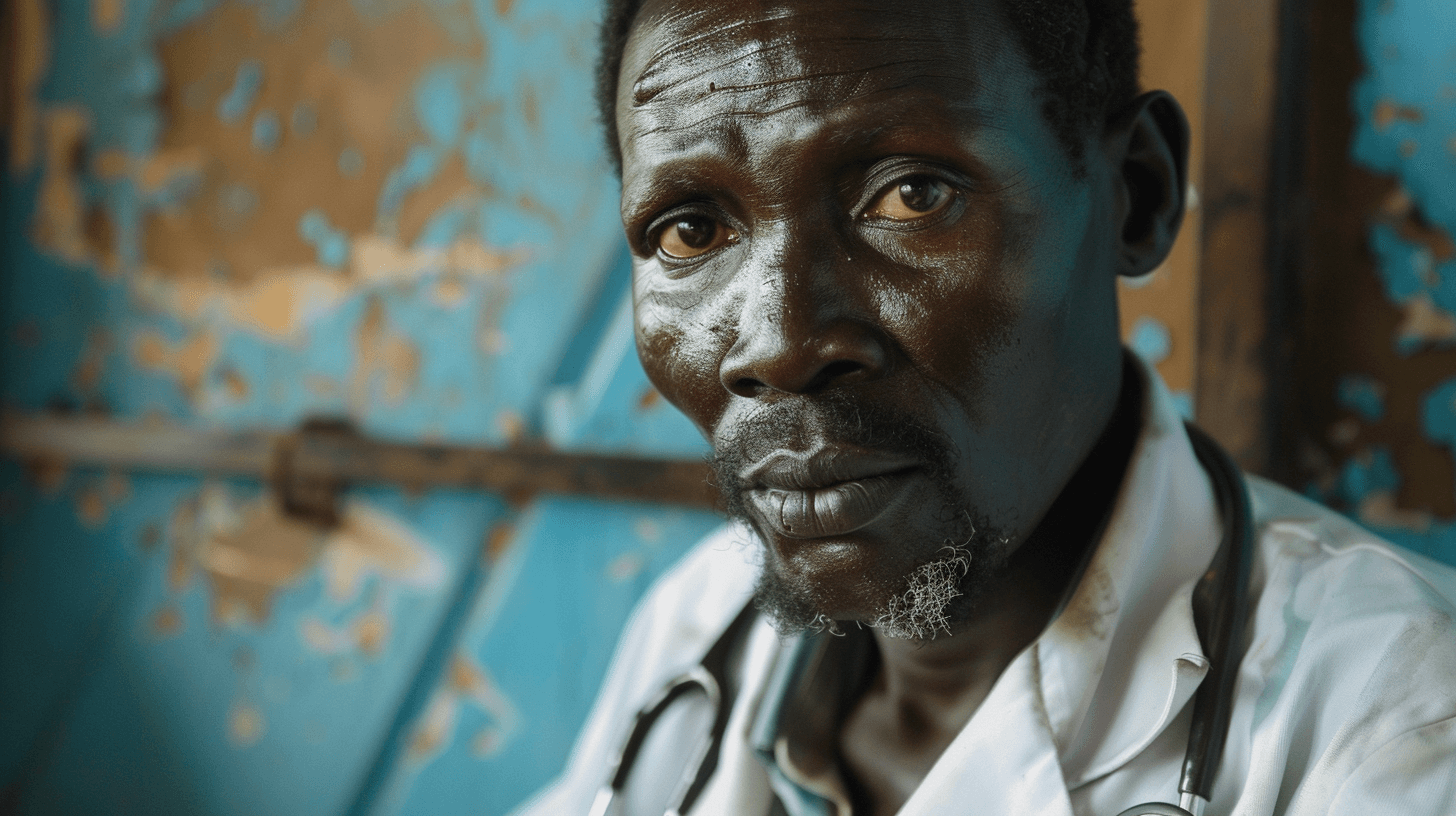🦠💩🔬 No Moa Covid Emergency, Da Watch Stay in da Sewers Now
As da Covid emergency pau, no need worry cause da scientists stay keep one eye on top da virus, but dis time inside da sewers. Da odda ways we stay track da virus going wind down, but da data we get from da wastewater going be more important in da months fo’ come, da scientists say. 🧪💧🔎
Afta da Covid-19 public health emergency pau in da United States on Tursday, da virus still no go poof, disappear, but plenny of da data streams dat help us Americans keep tabs on da virus going go dark. 😷🦠🌑
Da Centers for Disease Control and Prevention going stop counting da levels of Covid-19 in da community and no need fo’ hospitals or labs fo’ send certain case information or testing data. And as da free testing going less, da official case counts, which was less reliable when people started testing at home, might go even more off from da reality. 🏥💉📉
But da experts who like keep track of da virus still get one good option: da sewage. 💩🔬📊
People who get infected with da coronavirus, they let go of da virus in their doo-doo, no matter if they take a Covid test or see one doctor. This one allows officials fo’ track da levels of da virus in da community over time and fo’ look out for new kine variants. 🚽🧬🔍
Dis kine approach got big during da pandemic. Da National Wastewater Surveillance System, which da C.D.C. set up in late 2020, get data from more than 1,400 sampling sites, all ova 50 states, three territories, and 12 tribal communities, Amy Kirby, da head of da program, said. Da data cover about 138 million people, more than 40 percent of da U.S. population, she said. 🌎🌊📚
And as da odda tracking efforts wind down, some communities stay race fo’ set up wastewater surveillance programs for da first time, Dr. Kirby noted. “Dis actually driving more interest in wastewater,” she said. 🏁💧📈
In da months fo’ come, wastewater surveillance going be even more important, da scientists said, and should help officials catch some outbreaks before they start. 📅💦🚨
But, still get plenty communities where wastewater surveillance no reach, and need more work fo’ turn what started as one emergency effort into one solid kine national system, da experts said. And da officials need fo’ be smart about how they use da data, as da pandemic continue fo’ change. 🏙️💩🔄
“Wastewater got fo’ get more better,” said David O’Connor, one virologist at the University of Wisconsin-Madison. “And we got fo’ get more akamai about understanding what da wastewater data is telling us.” 📚💩🧐
NOW IN ENGLISH
🦠💩🔬 As Covid Emergency Ceases, Eyes Turn to Sewers for Surveillance
As the Covid emergency ends, scientists are shifting their attention to an unusual location for virus tracking – the sewers. As other methods of tracking the virus decrease, the data derived from wastewater is set to become increasingly vital in the upcoming months, scientists predict. 🧪💧🔎
After the public health emergency for Covid-19 ends in the United States on Thursday, the virus won’t simply disappear. But many of the data sources that have assisted Americans in monitoring the virus are set to be discontinued. 😷🦠🌑
The Centers for Disease Control and Prevention (CDC) will cease tallying community levels of Covid-19 and hospitals or laboratories will no longer be required to send specific case information or testing data. As free testing reduces, the official case counts, which have already been less reliable since the shift to at-home testing, may diverge even further from reality. 🏥💉📉
However, experts keen on monitoring the virus still have a valuable tool: sewage. 💩🔬📊
Individuals infected with the coronavirus shed the virus in their feces, regardless of whether they take a Covid test or seek medical care. This allows officials to track virus levels in communities over time and watch for the emergence of new variants. 🚽🧬🔍
This method saw significant growth during the pandemic. The National Wastewater Surveillance System, set up by the CDC in late 2020, now includes data from over 1,400 sampling sites across 50 states, three territories, and 12 tribal communities, according to Amy Kirby, the program lead. The data covers about 138 million people, more than 40% of the U.S. population, she stated. 🌎🌊📚
As other tracking methods wind down, some communities are racing to establish wastewater surveillance programs for the first time, Dr. Kirby pointed out. “This is actually driving more interest in wastewater,” she said. 🏁💧📈
In the coming months, wastewater surveillance will grow in importance, scientists predict, and it should aid officials in detecting budding outbreaks. 📅💦🚨
However, wastewater surveillance still doesn’t cover many communities, and further work is required to transform what began as a makeshift emergency response into a sustainable national system, experts argue. Officials also need to thoughtfully use the data as the pandemic continues to evolve. 🏙️💩🔄
“Wastewater surveillance needs to improve,” said David O’Connor, a virologist at the University of Wisconsin-Madison. “And we need to become more sophisticated in interpreting what the wastewater data is telling us.” 📚💩🧐







